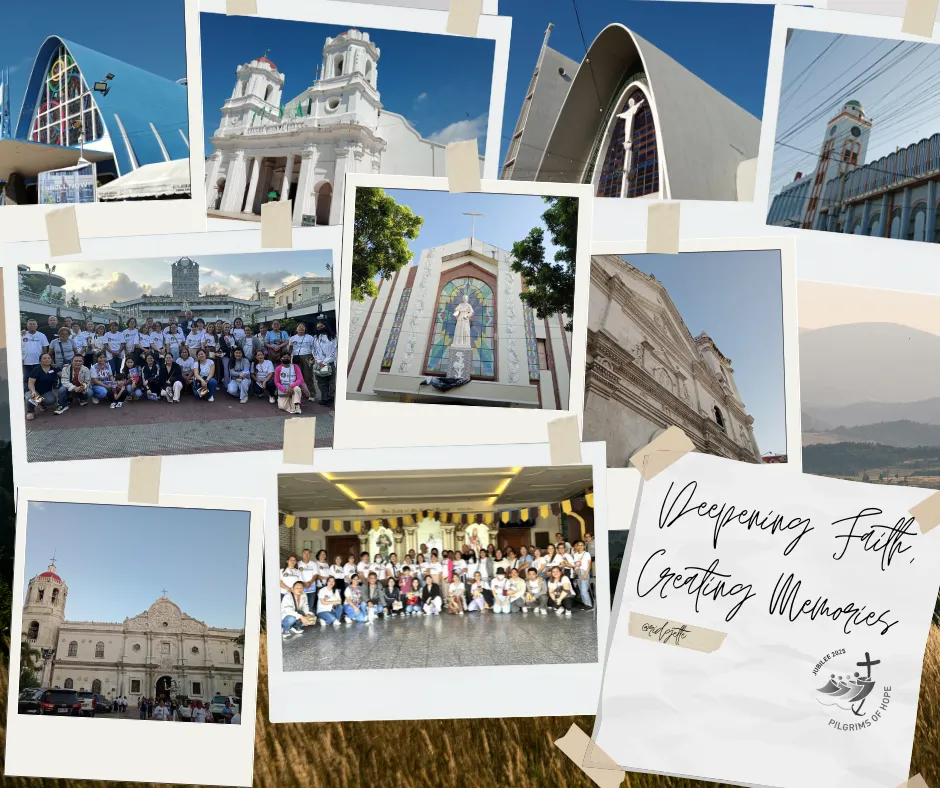
It's been almost a decade since my first pilgrimage, but that day felt like yesterday. It happened during my elementary days, and coincidentally, that pilgrimage happened to be also my first time riding a bus without my parents. There are nuns with us, but still, I kinda felt nervous that time—now, fast forward to this year, supposedly I'm not part of the original pilgrims who were invited because I'm not that active in serving the church anymore. But since there's a shortage of people joining, my mother asked my father to join, but he declined. And since I still don't have a class yet, I was convinced to join.
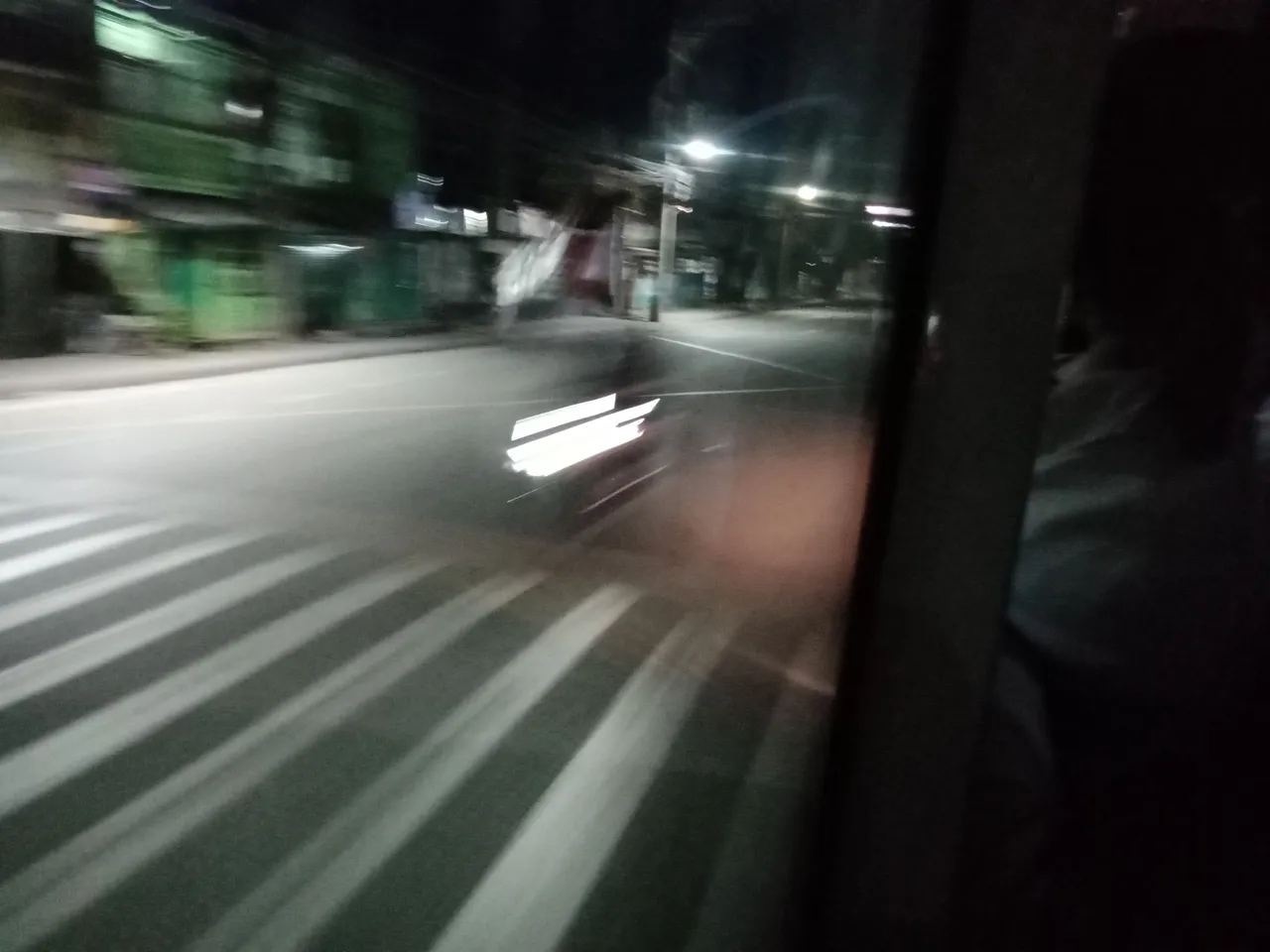
At first, I was hesitant because there's no way we can visit 14 churches in just a day, plus there are really far churches, so I kinda doubted if the trip would be worth it. But anyway, in the end—I was convinced and days passed quickly, and last Saturday, I woke up just before 3:00 A.M to finally ready myself for the pilgrimage. The water was so cold, and I didn't have much sleep, so when the bus arrived at four, I somehow half-slept after we prayed. The roads were still almost barren save for the early commuters, which is why we arrived fastly at our first church destination, which is the Cebu Metropolitan Cathedral.

So, based on what I've read from our pilgrimage guide booklet, it said that this church is dedicated to Mary, under the title, Our Lady of Immaculate Conception and also to Saint Vitalis of Milan. Looking at its facade, I can really say that it's heavily inspired by Spanish colonial architecture with its baroque structure.
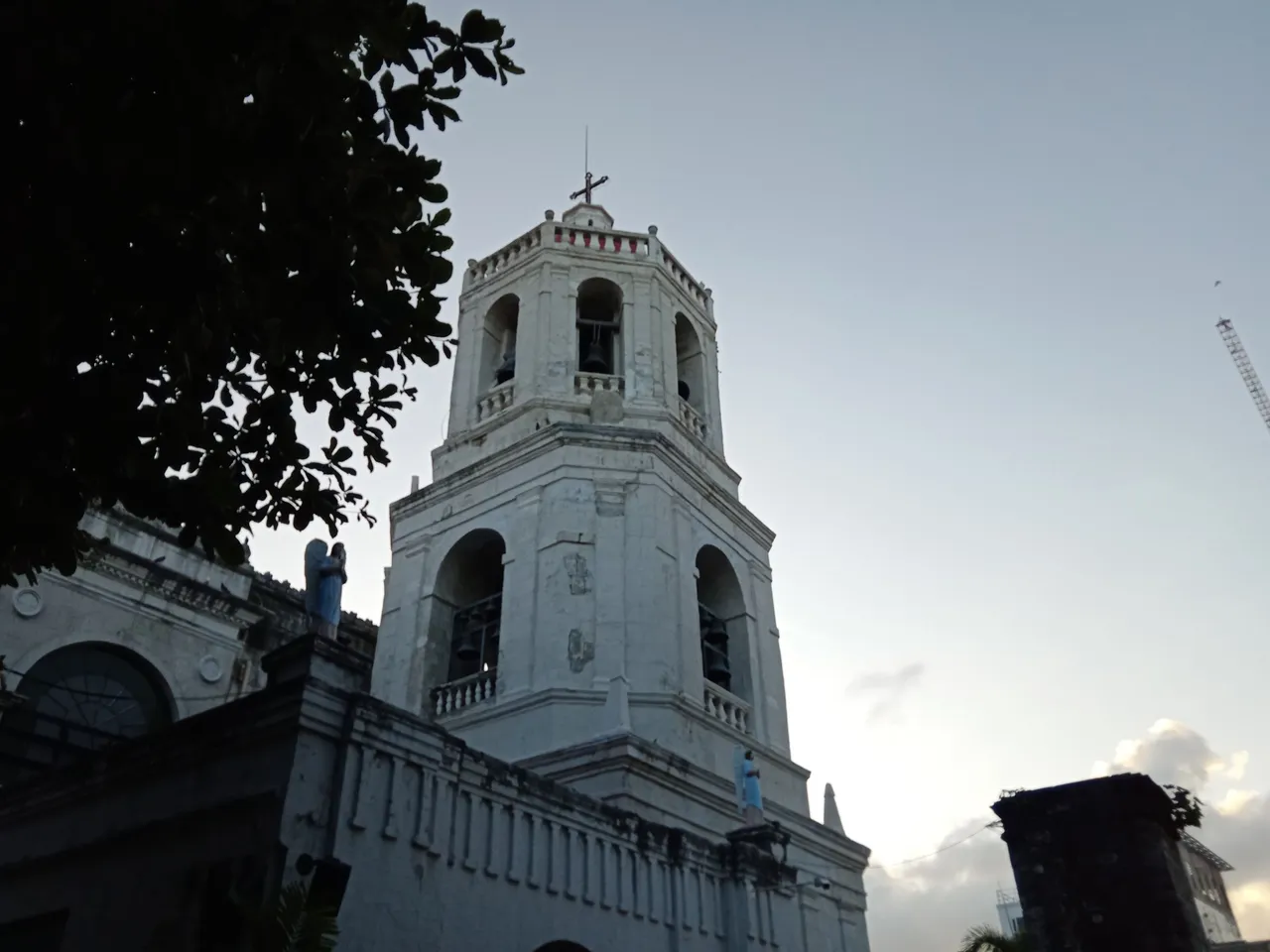
Also, the bell tower was massive and there were a lot of bells there, and luckily I heard them ring for the Angelus. Hearing them all rang somehow induced me with short-lived nostalgia. I stared at it for a while before I went to join our group to walk to our next church destination, which is the famous Basilica Minore del Sto. Niño de Cebu.
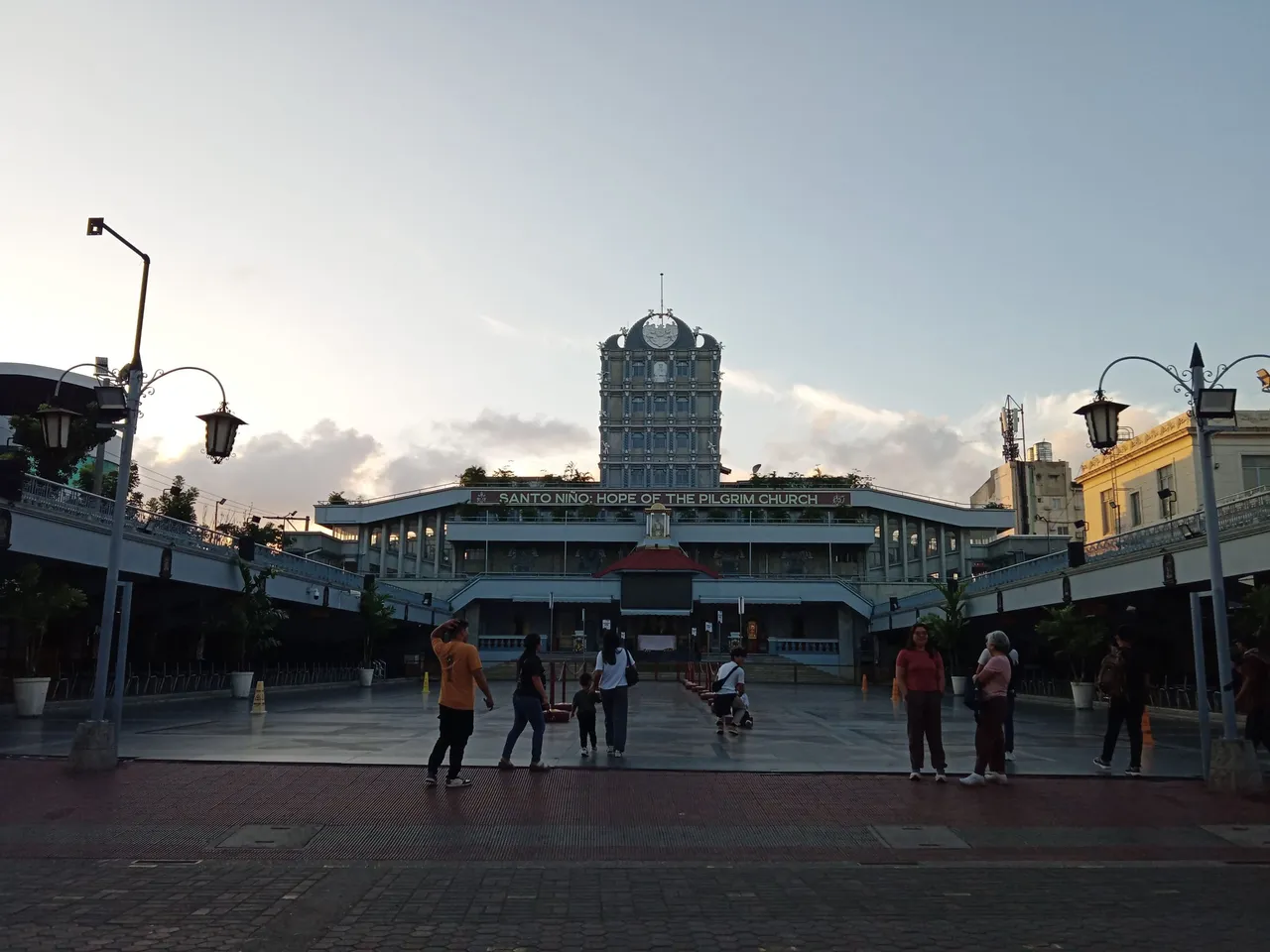
I've already visited this church a lot of times, yet it never ceases to amaze me. Home of the original and oldest religious relic of our country, even in normal days, you can see a considerable number of tourists and devotees there visiting it.
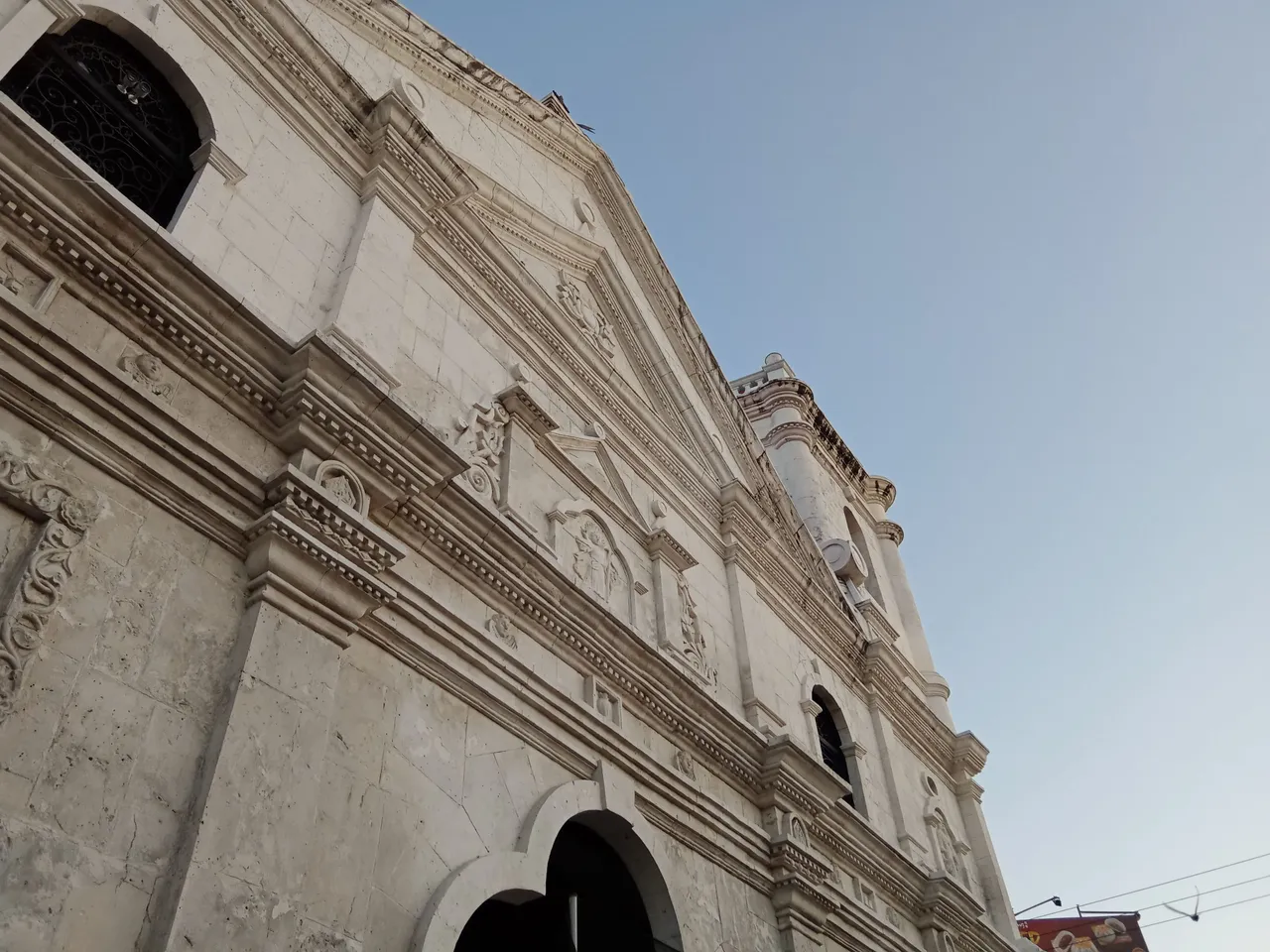
Of course, during that Saturday, the place wasn't full of people, unlike when there are religious events such as Sinulog. After praying, I badly wanted to go to its dagkutanan—a place where we light small red candles for our intentions and prayers—but since our time is limited, we maximize it, and that compelled us to depart immediately after all of us are done praying. I bid my goodbye to the Holy Child before we walked again to our bus.
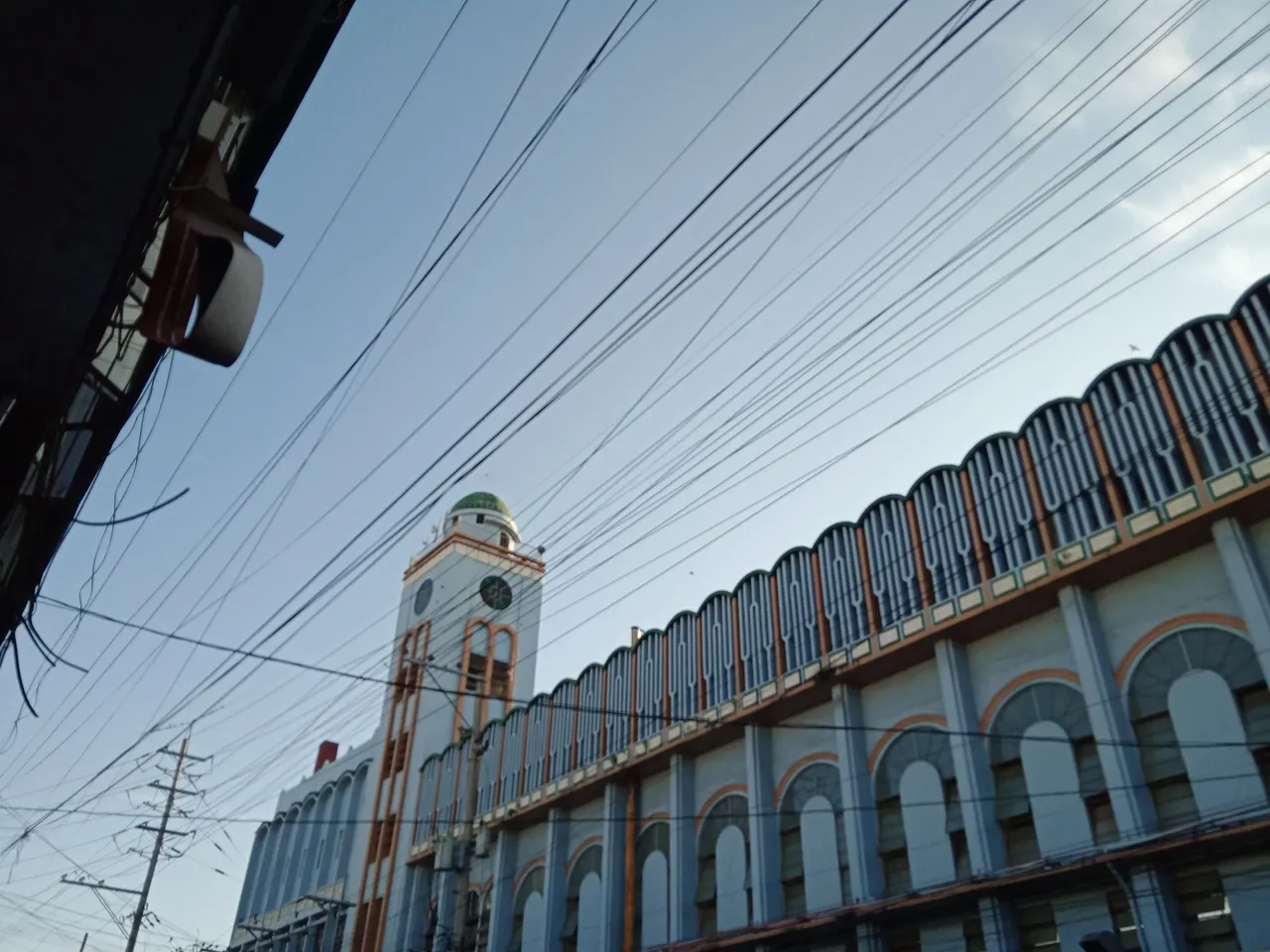
Next to our 3rd church, it will be the Our Lady of Mount Carmel Parish-Recoletos. When we arrived there, there was a mass ongoing so I didn't have any much pictures of it, but I'll just share with you the facade picture that was in the booklet.

Anyway, like the first two churches we visited, this one was stunning as well. I especially find the painting on the side of their walls fascinating because most of the Saints featured there weren't familiar to me.
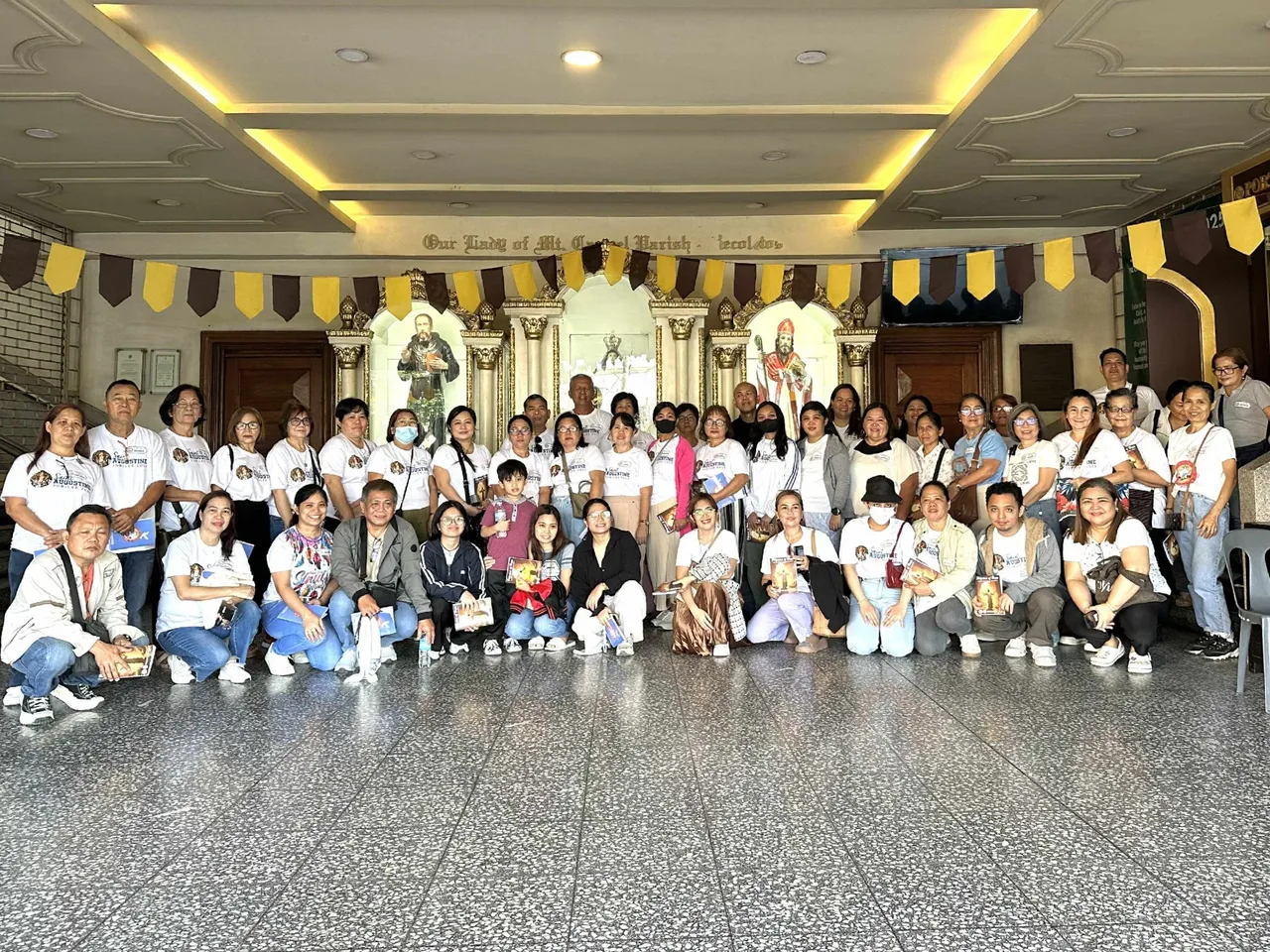
I want to get to know more of them and also take a few snaps, but since the mass was ongoing at that time, I just stayed quiet when I finished praying and carefully looked around. We had a brief photo op after that, and then we're off to go to the next church, which was the Parish and Archdiocesan of San Nicolas Tolentino.
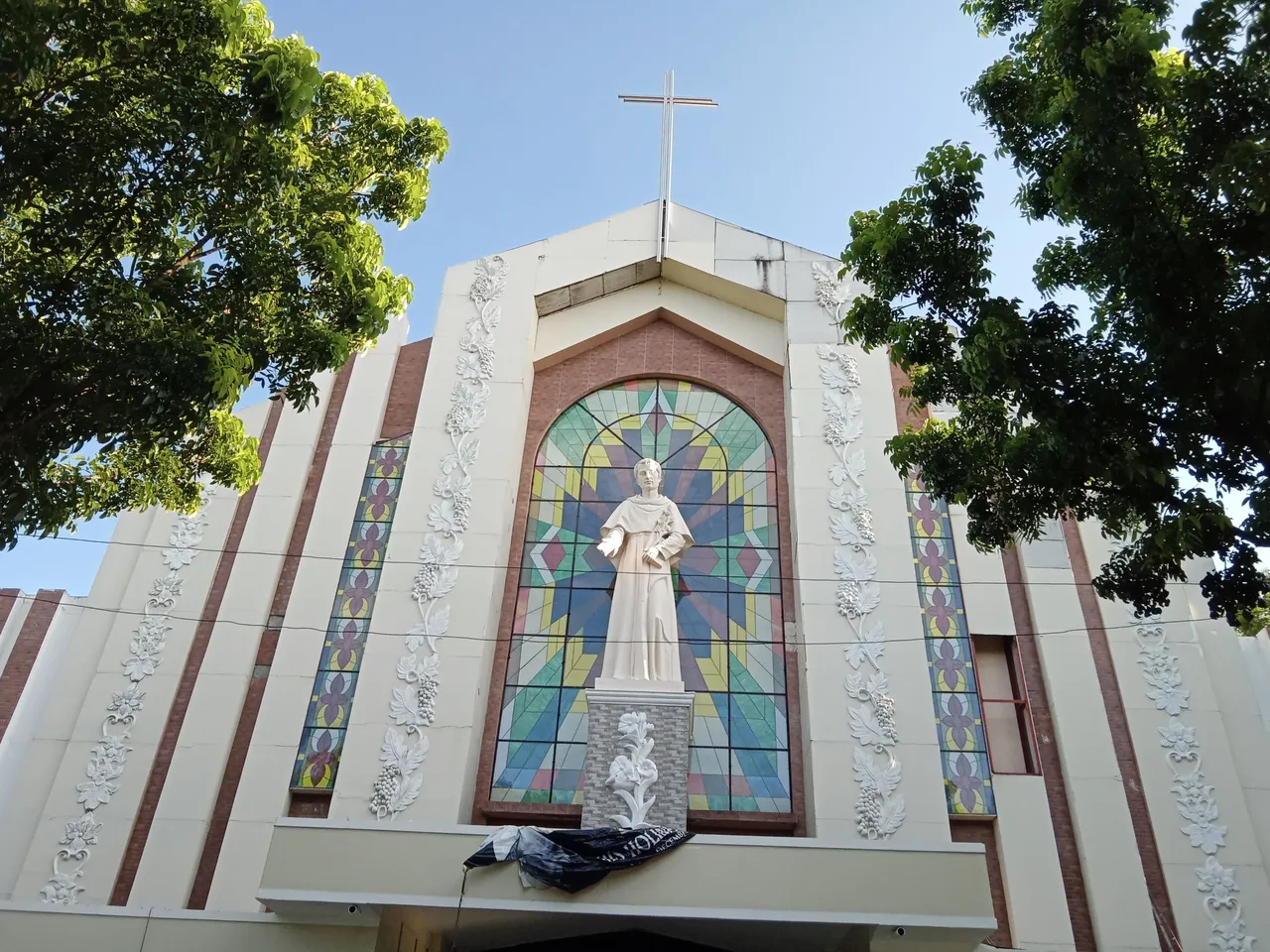
Unlike the first 3 churches that we visited, this church was quite empty save for us pilgrims. Well, it's still early that time, and its main door wasn't even opened yet. We went inside through the side doors, and my mother and I sat on the nearest pew. I was able to snap some pics inside the church since there's no mass, and I can say that's ceiling paintings were the ones that captured my interest.
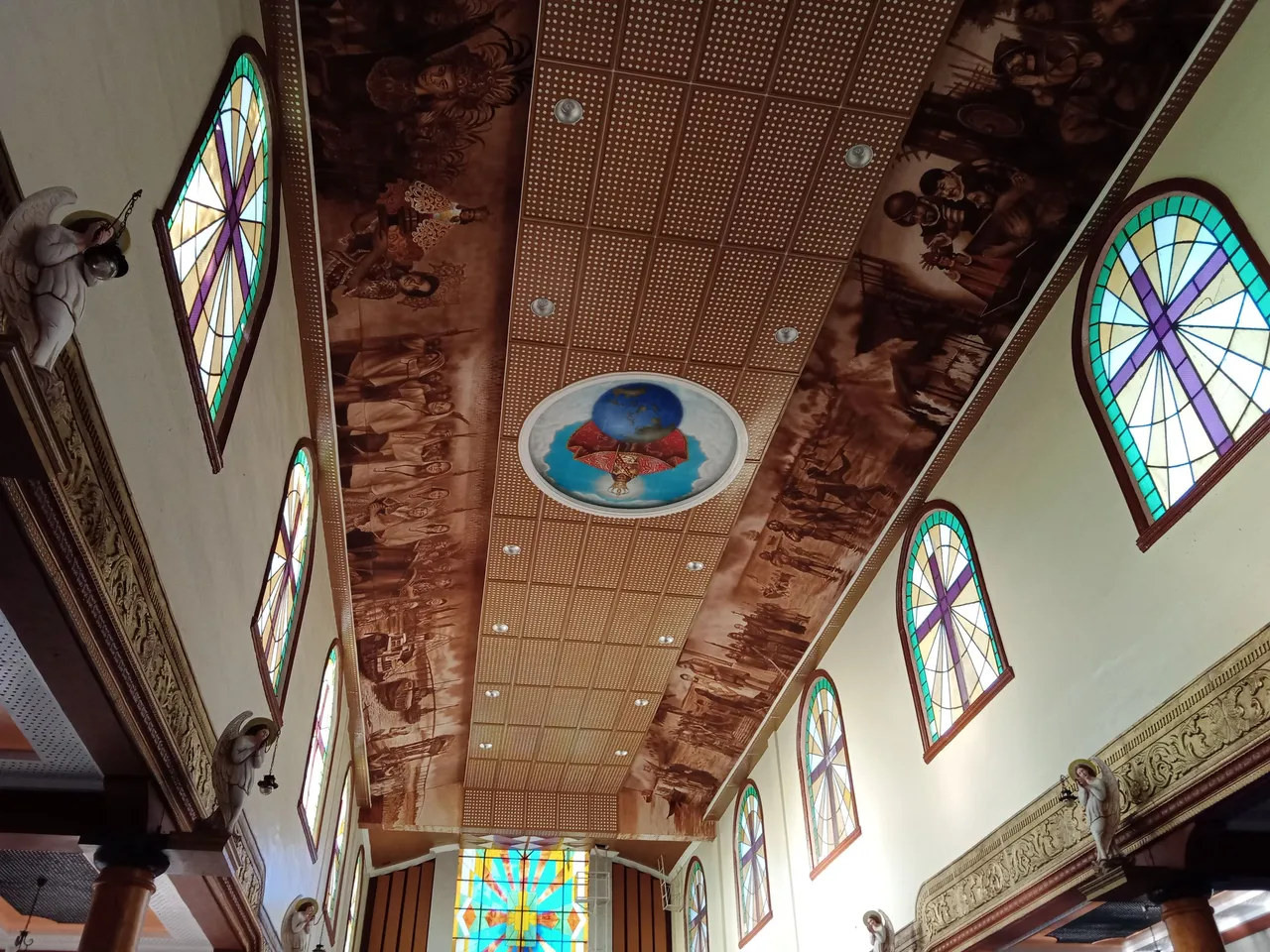
They look so intricate and unique because, unlike the colored ceiling paintings I usually see in churches, this one reminds coffee painting because of the shades and colors used. By the way the paintings depicted the first arrival of Spaniards and how Christianity was celebrated here in our country, especially here in our province, Cebu.
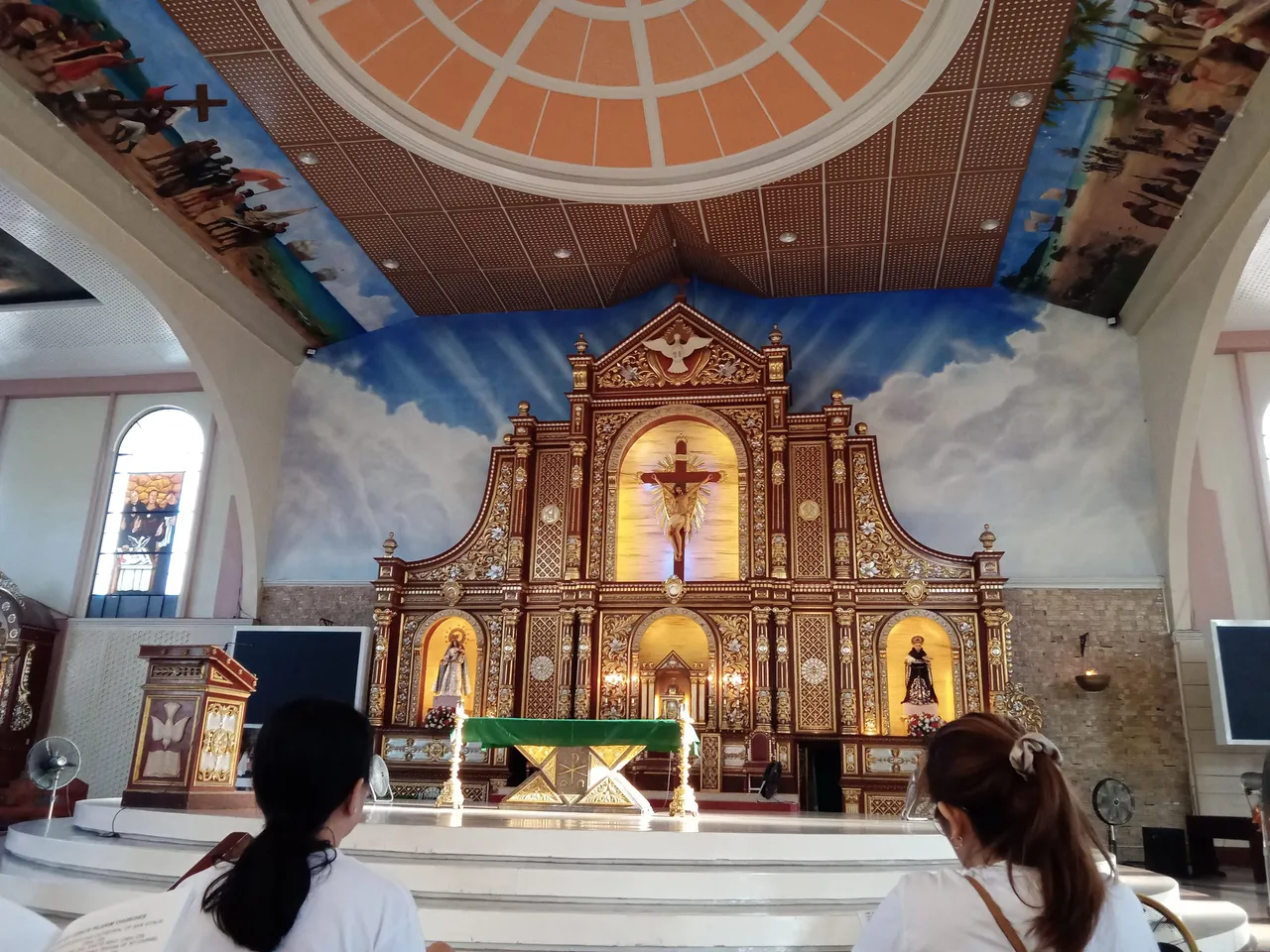
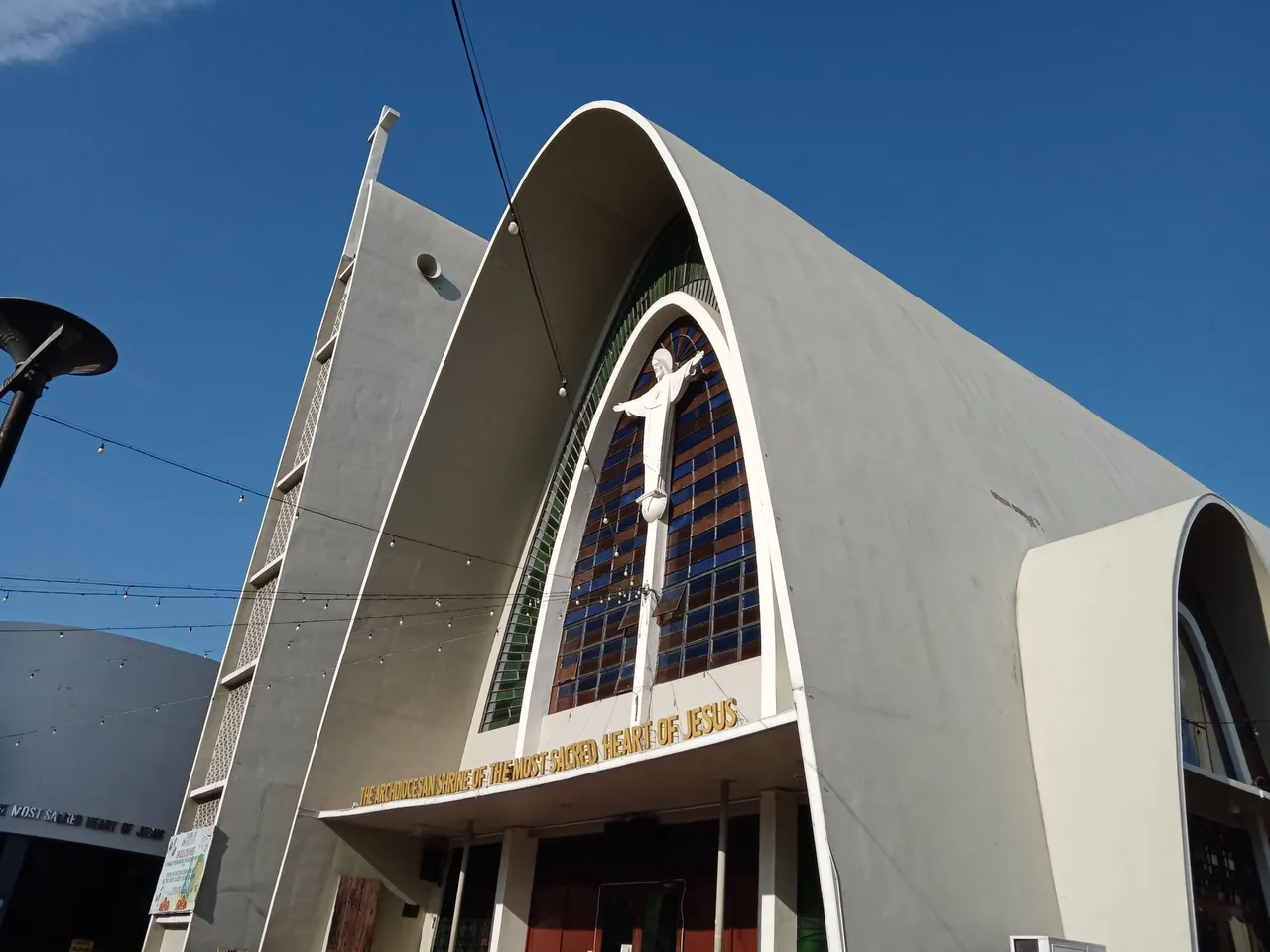
The next church we visited was quite far from the previous so it took time, and it's by the way, the Archdiocesan Shrine of the Most Sacred Heart of Jesus. So, Father shared that this church is particularly for the Chinese-Filipino community in Cebu. This place is so serene that it often became an ideal place for contemplation and prayer, and that was indeed true because the moment I stepped inside it, my ears were assaulted with utter silence.
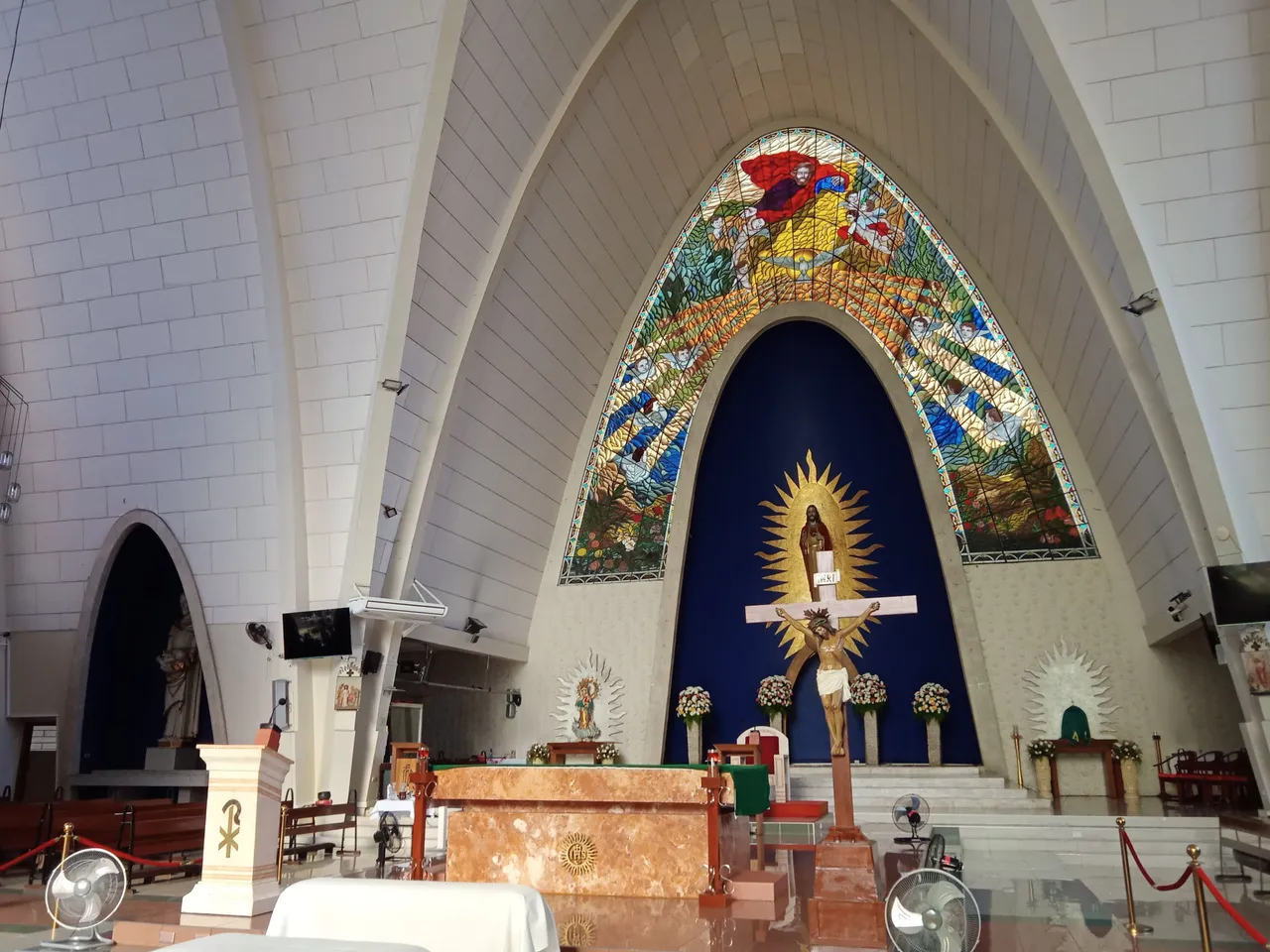
Unlike the other churches where there are some background noises, that church was so peaceful to the point that it's embarrassing to make even small noises because even the tiniest ones would be heard all through it. Further, its facade and interior matched its vibes because it's so simple yet comforting.
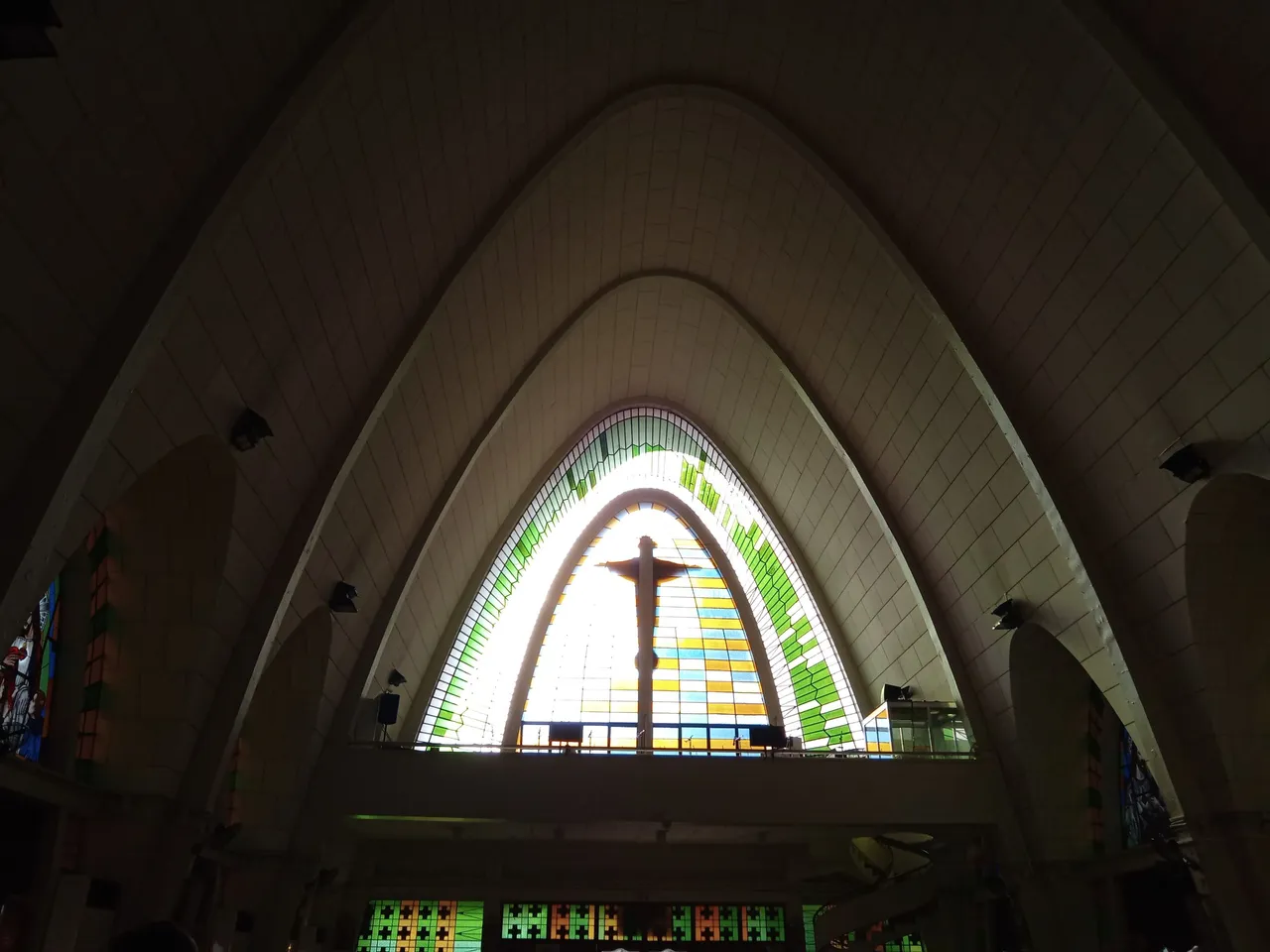
It doesn't have any ceiling painting, yet the way the ceiling was built makes you stare up in interest. The arcs were satisfying to gaze upon—their simplicity and peacefulness really soothe my senses.

Next off is the Archdiocesan Shrine of Our Lady of Lourdes, and this church kinda looks familiar because I think I already visited this once, and when I saw the statue of Don Bosco—a memory immediately came to me. I indeed visited this during my high school days, where our club went to visit it for a mass.
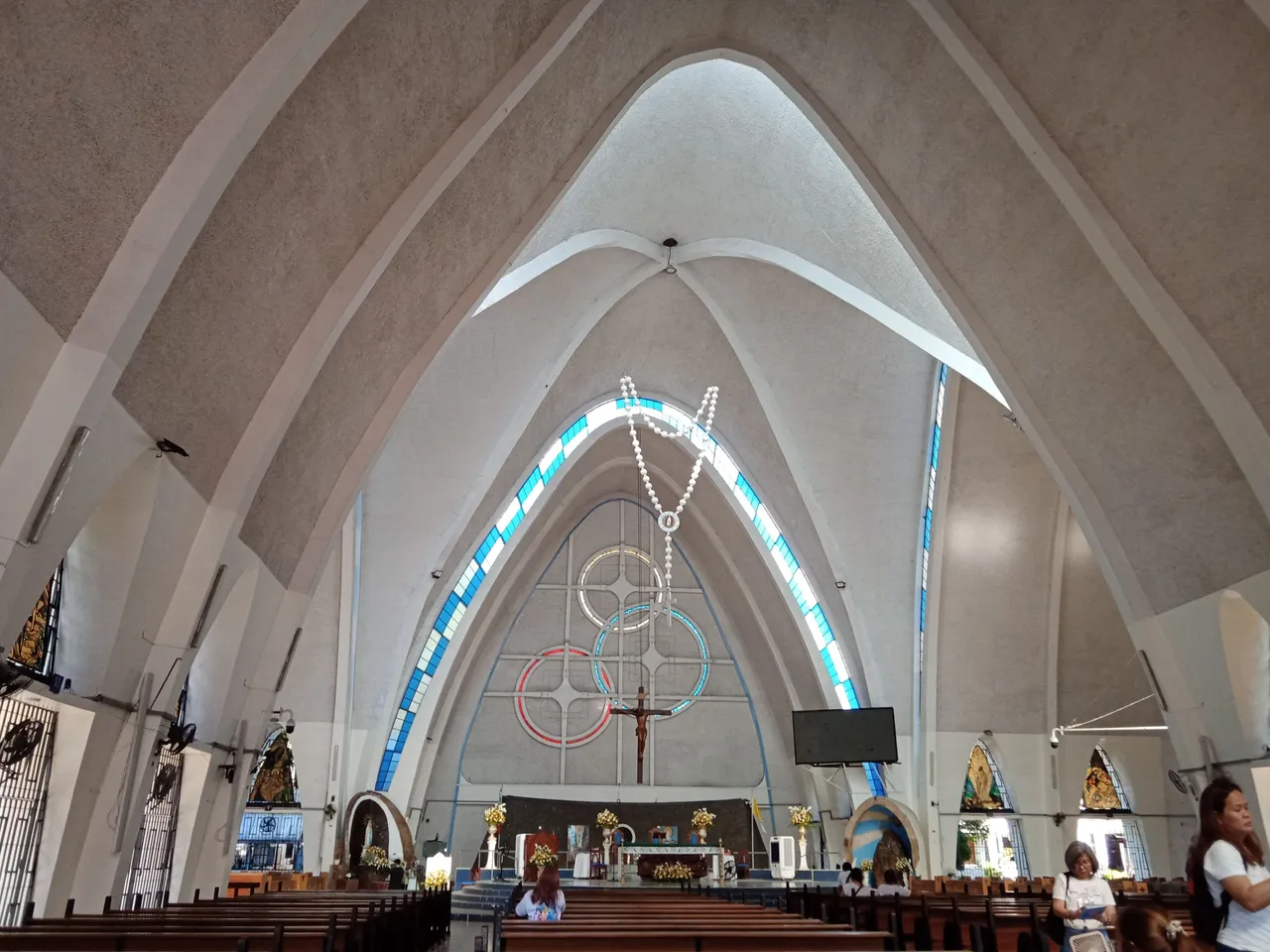
I just visited it once, that's why it was just vaguely familiar to me. Plus, there are already some changes on both its inside and out. After praying, I sat around and looked at the stained glass on the side and on the front.
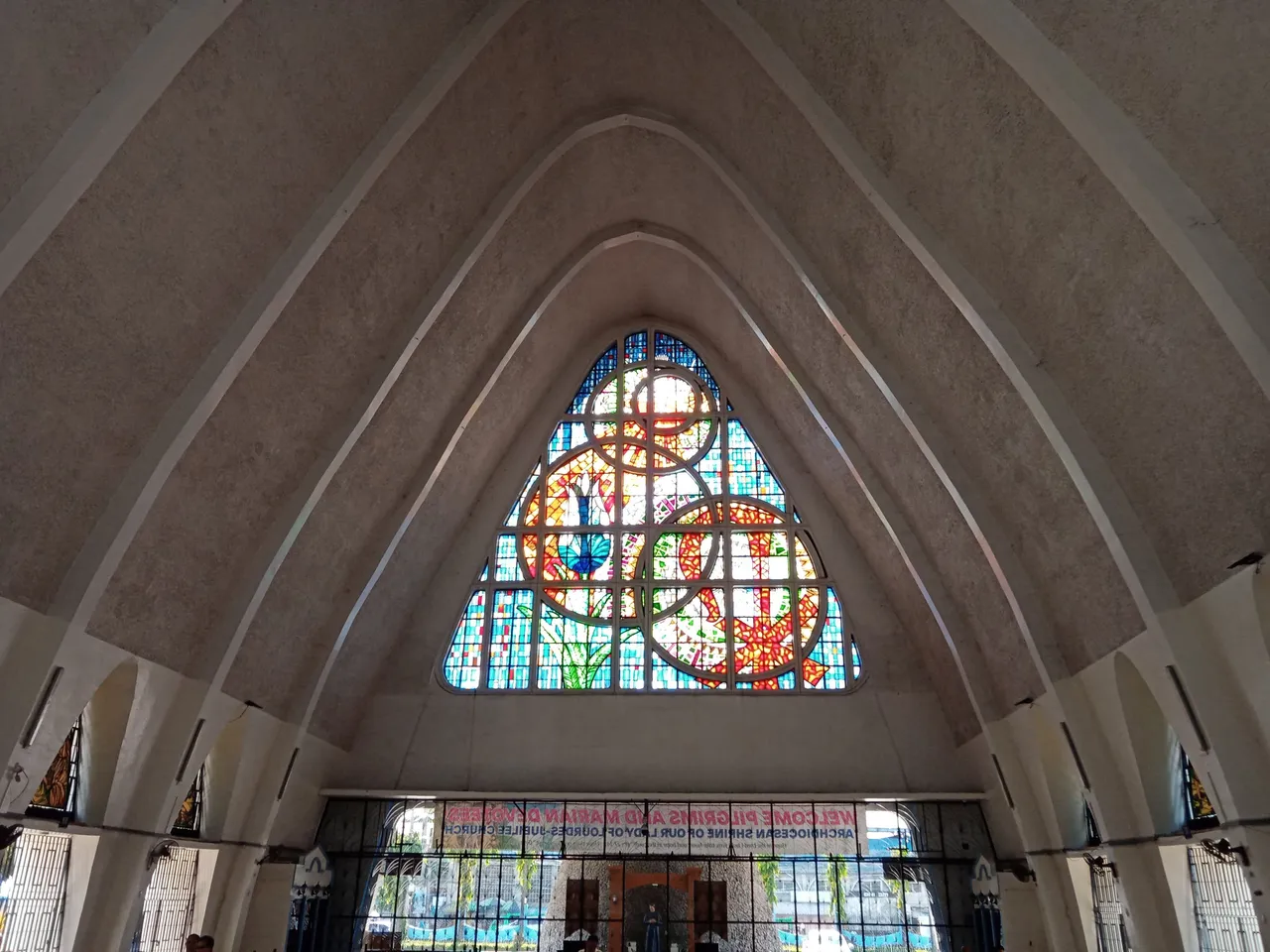
They're so beautiful and I enjoyed gazing at them for a while. And if not mistaken, there's also a grotto outside it where pilgrims go inside one by one, but since our time is limited, Father just told us to stand at the foot of the grotto and while we wait for our Jubilee passports to be stamped—we took a quick photo op again and after that were all good to go.
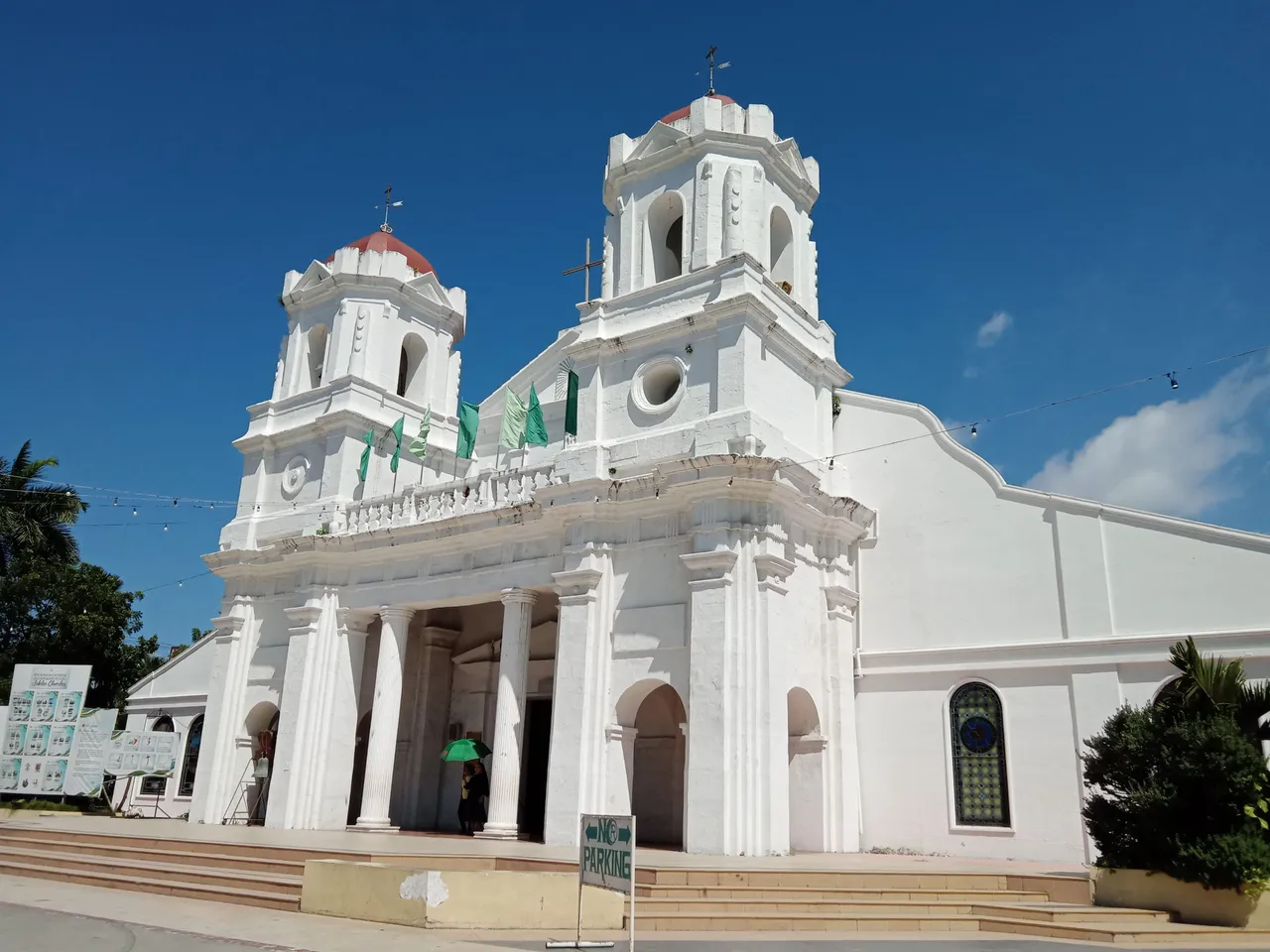
Now down to the last church I'll share for today, it will be the Parish and Archdiocesan Shrine of Santa Teresa of Avila. At first glance, I can say the church emanates Graeco-Roman influences with its structure and style. Unlike its picture on the booklet, its facade was now neatly painted white.
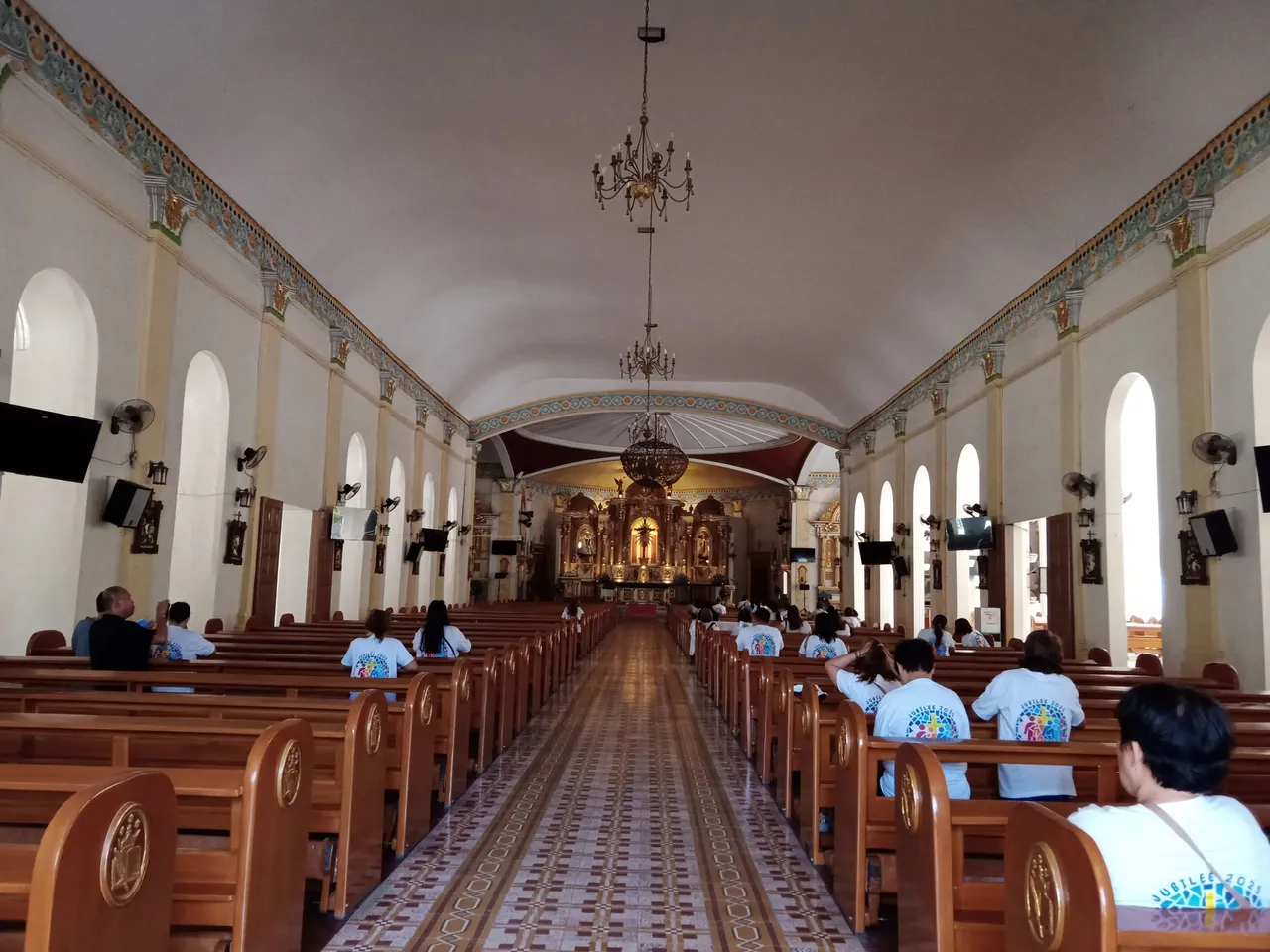
Its interior, on the other hand, looks quite old yet properly maintained. When done praying, I proceeded to my usual sightseeing, and what grabbed my attention this time was the shadows at the top of its altar.
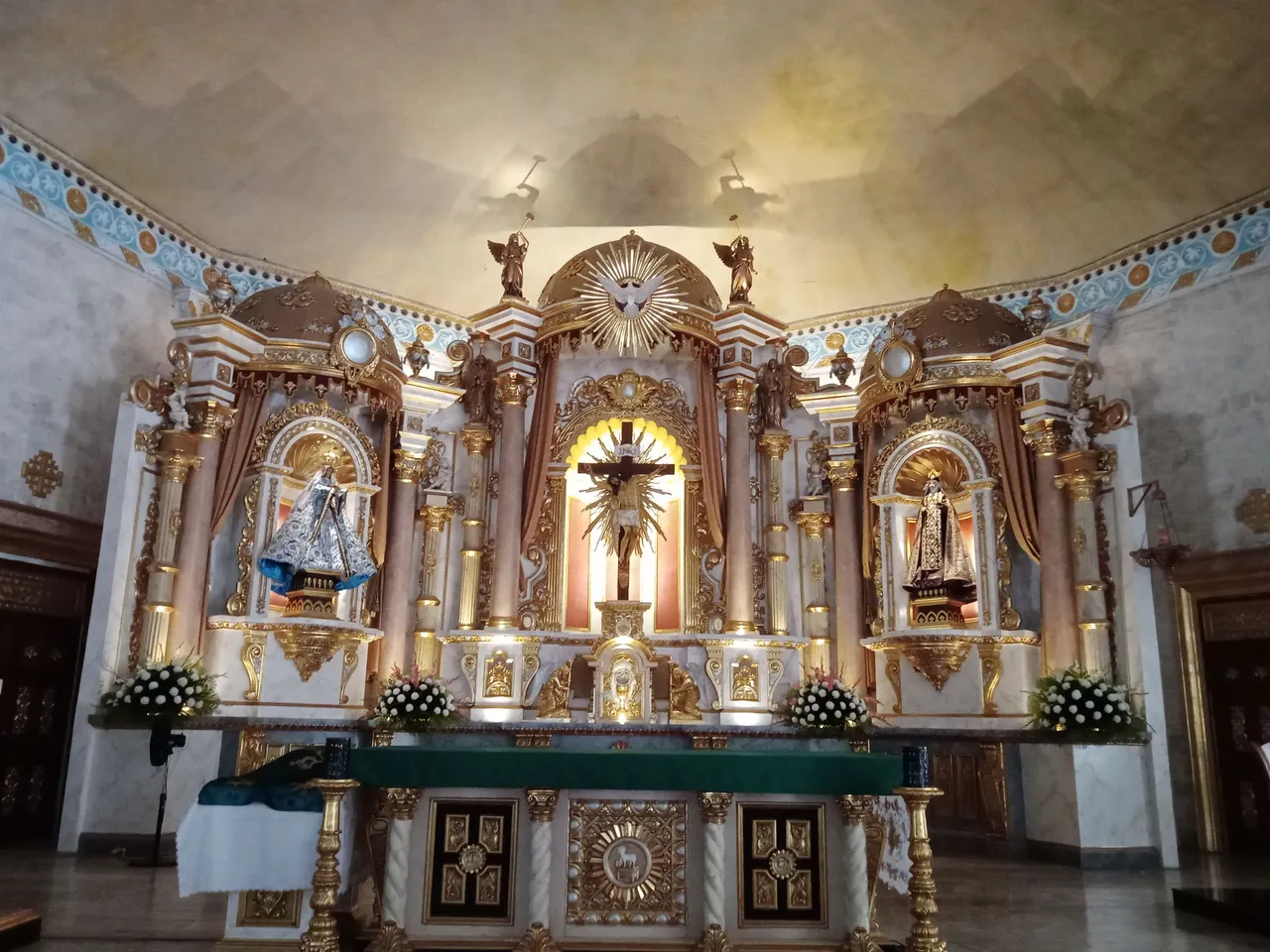
They look like faint paintings, but since the lights are on, it also looks like they're just shadows. I'm not certain on what really they are, but whether they're shadows or faint paintings—they're beautiful. Further, the chandelier at the center looks intricate, and I tried to take a pic of it, but it kinda turned out blurry. Anyway, that's just fine as long as I have memories of them.
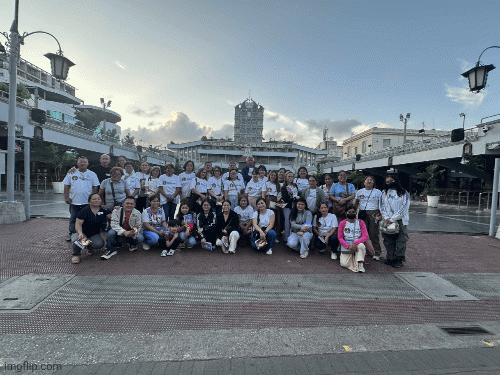
And that would be all for now, everyone! There are still 7 more churches to go, so if you're interested in the next churches I'm going to share—then I hope to see you at my next sharing! Thanks for being with me till the end.
Most of the pictures used were taken by yours truly, ridgette, while the last pictures were from our assigned pilgrimage photographer and were made into GIF in imageflip. The first picture, on the other hand, was edited in Canva.